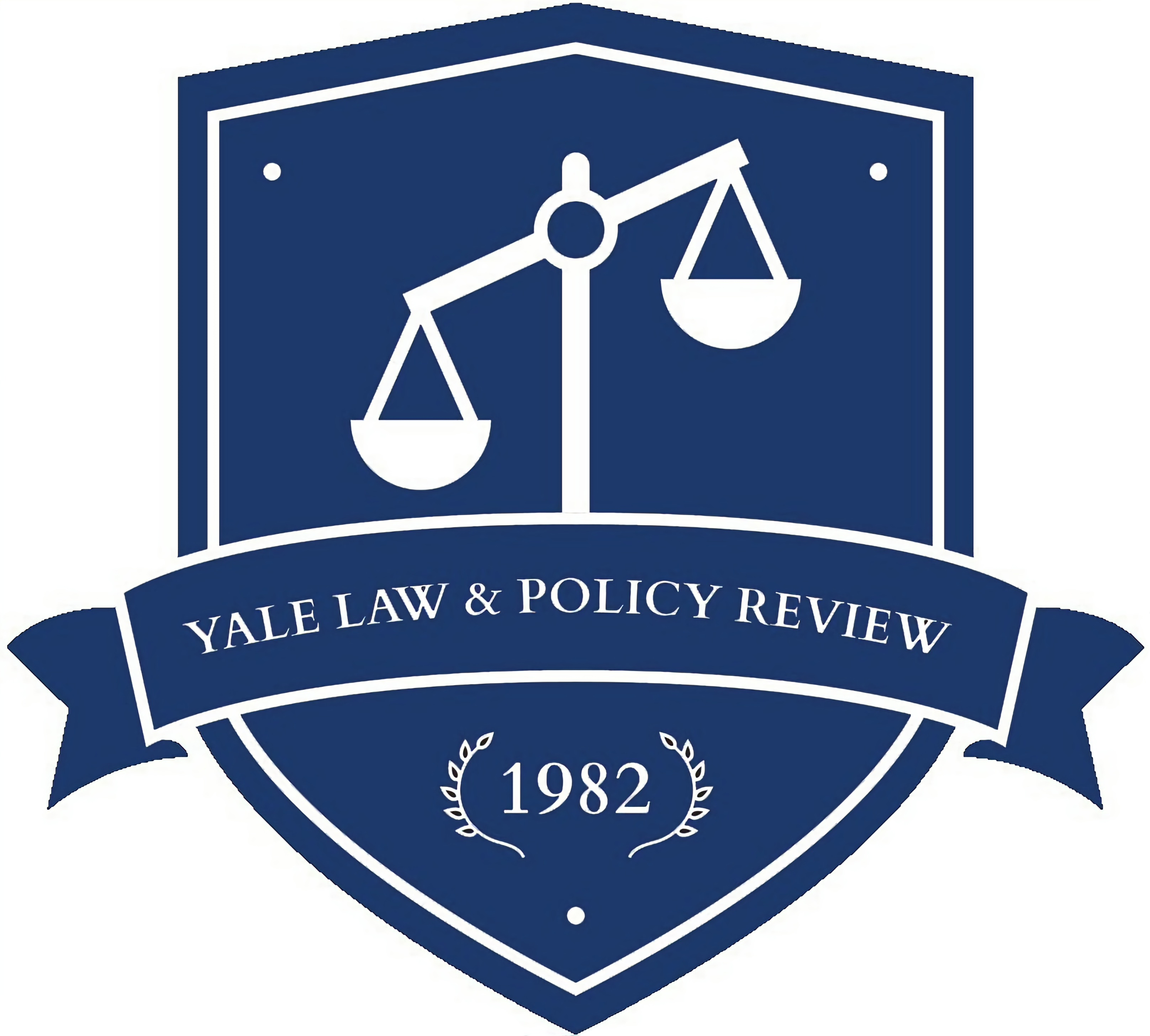There are three major problems with the use of the rights-based approach to tackle issues of Indigenous justice:
- It privileges (the worldview of) the dominant legal culture;
- It artificially restricts the conversation about causes of and solutions to problems of Indigenous justice; and
- It masks the inherent tension between human rights and legal pluralism.
We explore the first of these problems in Part I by examining what is meant by a “rights-based approach,” how those ideas came into being, and how they differ from Indigenous conceptions. We address the second problem in Part II, which examines six representative U.S. cases and the patterns that can be derived from those cases. In Part III we turn to the third issue, which we operationalize in order to begin building possible solutions to the problem and possible alternate approaches to achieving justice for Indigenous people.
Lecturer in Jurisprudence, University of Leeds School of Law; Visiting Scholar, The University of Arizona James E. Rogers College of Law. Research Professor of Law, James E. Rogers College of Law; Faculty Associate, Indigenous Peoples Law & Policy Program, Native Nations Institute, The University of Arizona. This Article grows out of a series of academic workshops and exchanges on Spaces of Indigenous Justice, and the authors would like to thank the participants in those workshops
